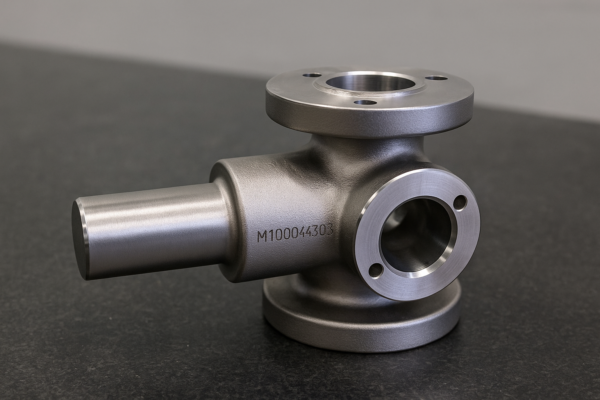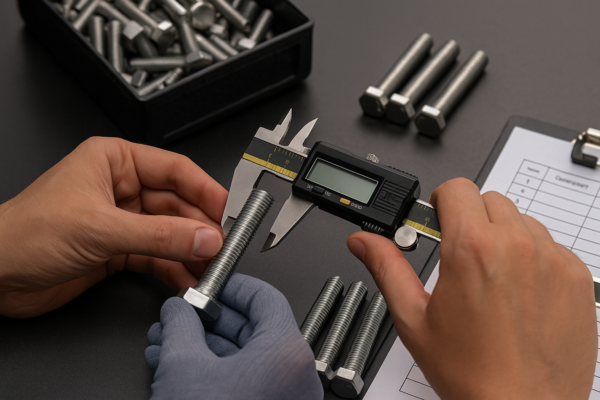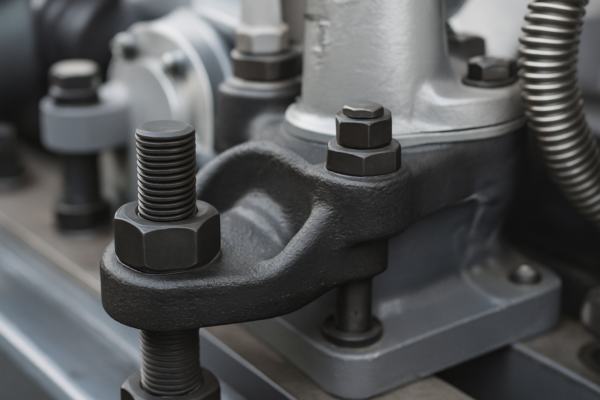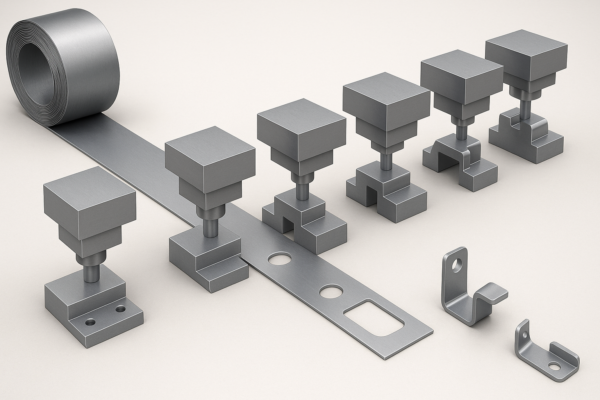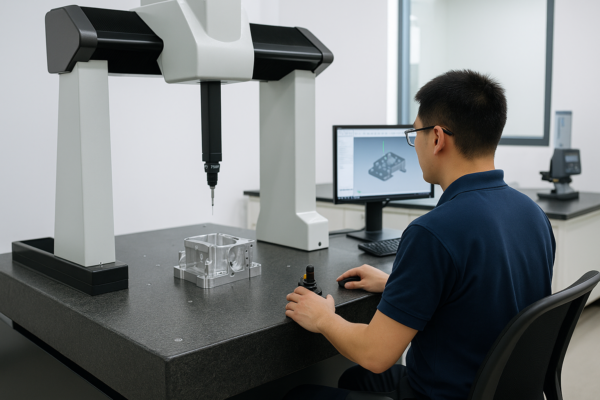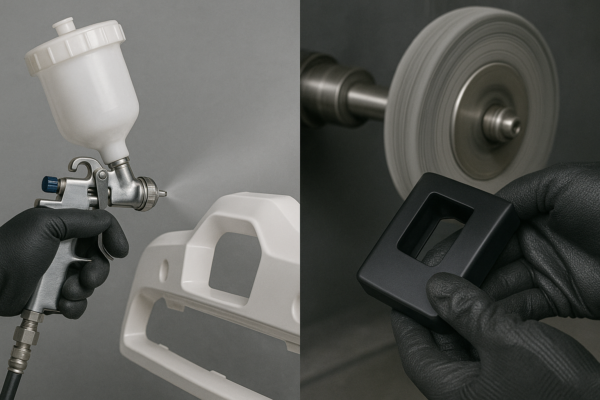Can you forge two pieces of metal together and how strong is the result?
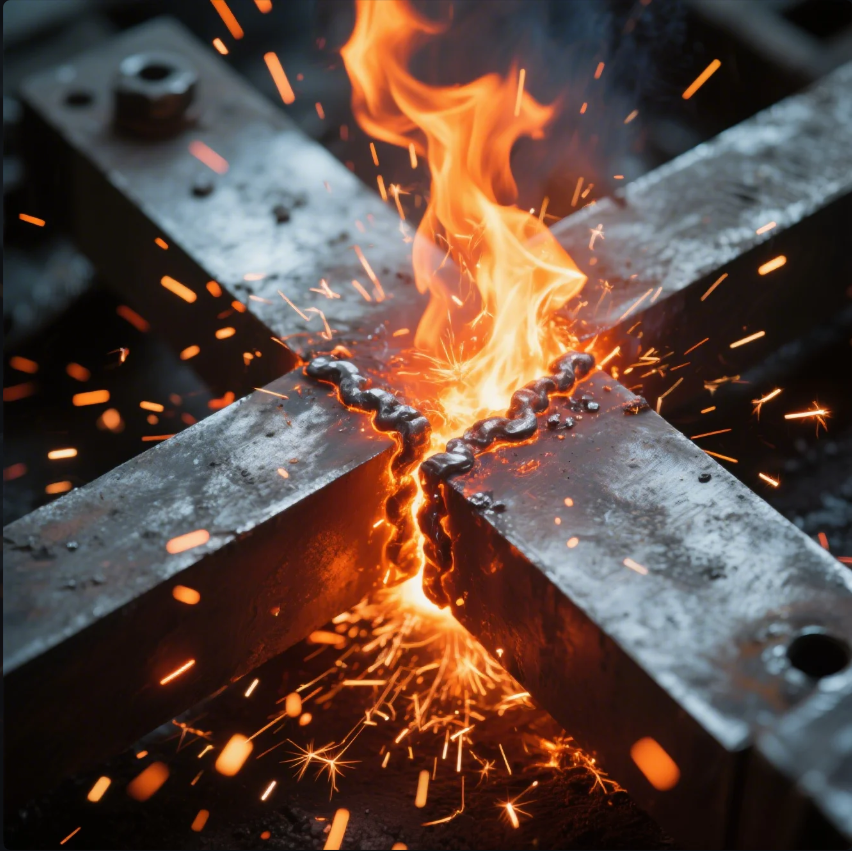
Joining metal is essential in manufacturing, but welding isn’t the only option—especially when strength and continuity are key.
Yes, you can forge two pieces of metal together by heating and hammering them until they fuse—a technique known as forge welding.
Let’s explore how it works, how it compares to other joining methods, and when to use it.
LOOP_START
What is it called when you burn two pieces of metal together?

When metal glows and fuses under heat, many call it “burning”—but in technical terms, it’s welding or forge welding.
When two pieces of metal are heated and fused by burning or melting, it’s called welding or forge welding, depending on the method.
Key joining processes
| Method | Description |
|---|---|
| Welding | Melts base metal and/or filler to create fusion joint |
| Forge Welding | Heats metal until soft, then hammers pieces together under pressure |
| Brazing | Melts filler only—base metal stays solid |
| Soldering | Low-temp joining for non-load parts, often electronics |
Our specialty at Prime
We don’t just offer fusion welding—we also create multi-part forged assemblies using closed-die forge welding for ultra-strong results. One of our projects included forged pump bodies where internal flow channels had to be seamlessly joined with zero leakage.
LOOP_END
LOOP_START
How do you join two pieces of metal together?
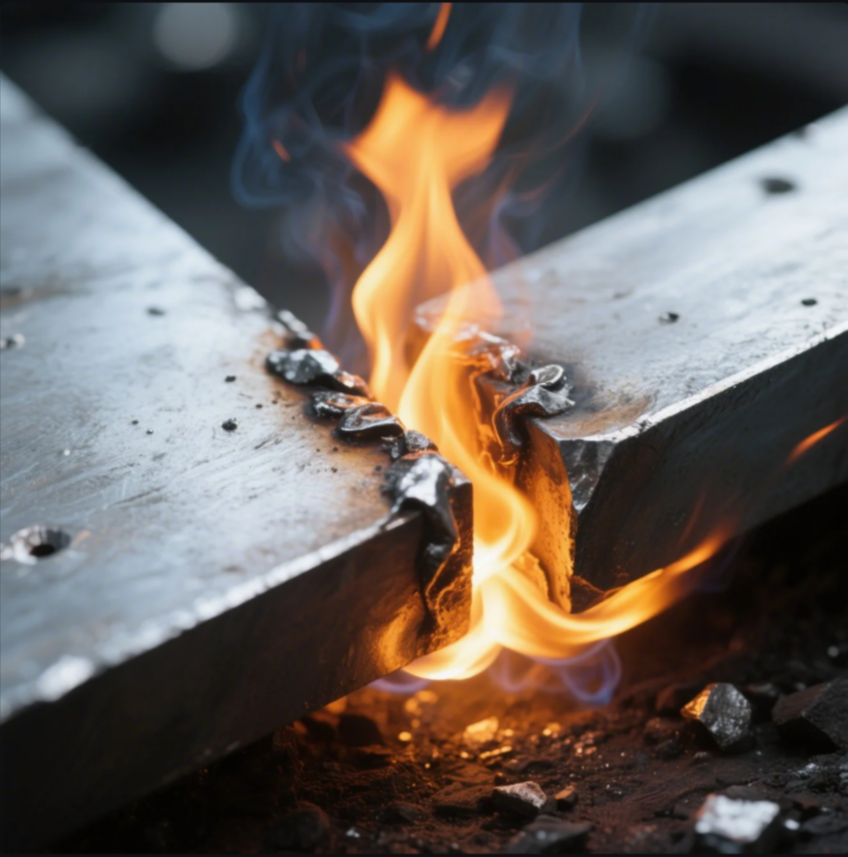
Joining metal isn’t just about melting—it can involve pressure, adhesives, or filler metals.
You can join metal by welding, brazing, riveting, bolting, adhesive bonding, or forge welding, depending on the application.
Overview of metal joining options
| Method | Strength Level | Permanent? | Equipment Needed |
|---|---|---|---|
| Welding | Very High | Yes | Welder, shielding gas, PPE |
| Forge Welding | High | Yes | Forge, hammer, tongs |
| Brazing | Moderate | Yes | Torch, filler, flux |
| Mechanical Fastening | Moderate | No | Rivets, bolts, drills |
| Adhesives | Low to Moderate | Sometimes | Epoxy, clamps, surface prep |
Prime’s value in joining solutions
We help clients match the best joining process to their part function and production volume. Whether it’s robotic MIG welding, precision riveted brackets, or forge-formed axle connections, our ISO-certified lines handle it all.
LOOP_END
LOOP_START
What is it called when you join two pieces of metal together?
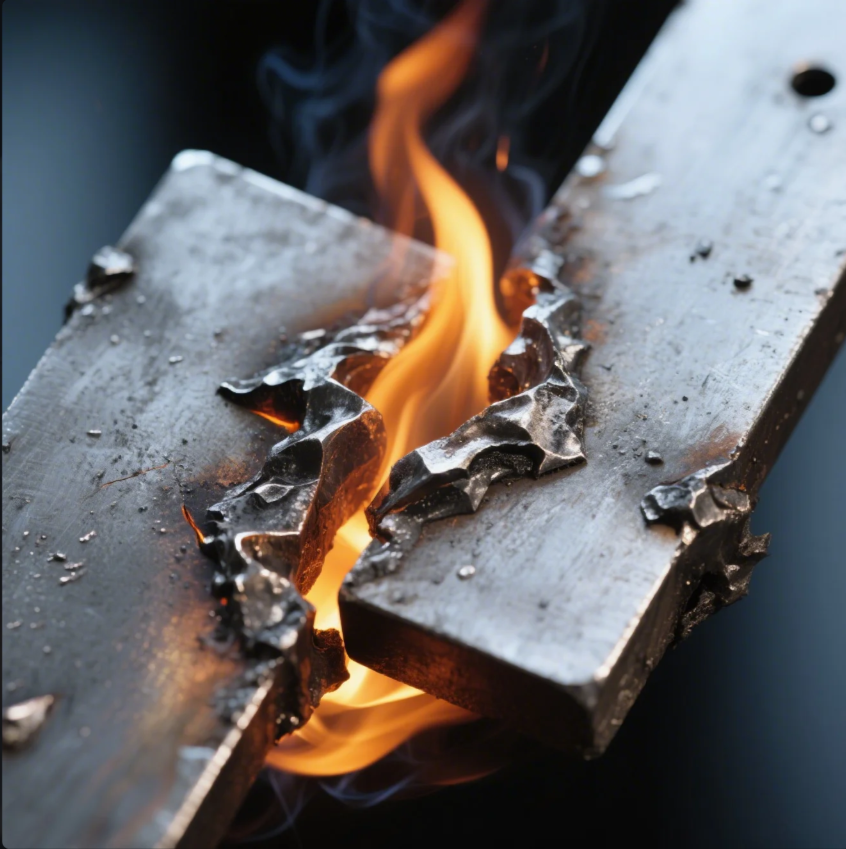
In engineering, the way you join metals matters—terms vary based on heat, pressure, and permanence.
Joining two metal parts is generally called welding, brazing, bonding, or mechanical fastening, depending on the process.
Common terminology
| Term | What It Refers To |
|---|---|
| Welding | Fusion of metals using heat |
| Brazing | Metal joined with a molten filler |
| Bonding | Joined using adhesive compounds |
| Fastening | Connected with bolts, rivets, or clamps |
| Forge Welding | Joined under heat and hammer pressure without melting |
What we do at Prime
We offer full-service metal joining, including forged joints, CNC-drilled bolt patterns, and laser-marked bonding points. Each method is chosen based on strength, corrosion resistance, and project scale.
LOOP_END
LOOP_START
How to bond two pieces of metal without welding?
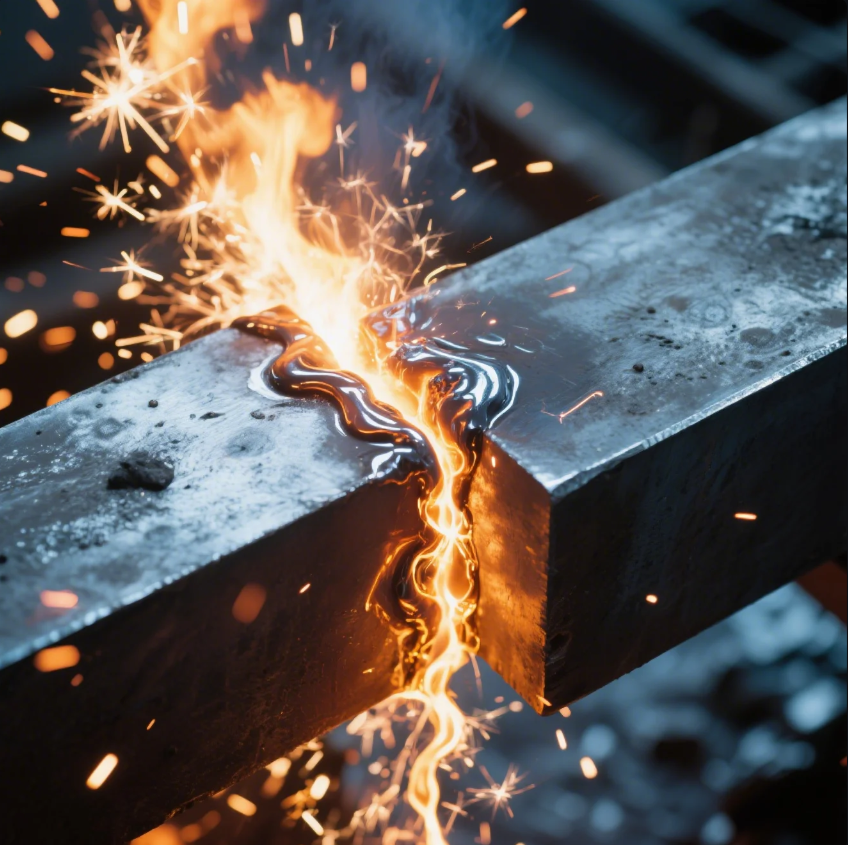
Welding isn’t always feasible—especially for dissimilar metals, delicate parts, or at-home repairs.
You can bond metal without welding by using brazing, epoxy adhesives, rivets, bolts, or forge welding.
Non-weld joining options
| Method | Best For | Tools Needed |
|---|---|---|
| Brazing | Pipes, HVAC parts, decorative metalwork | Torch, filler, flux |
| Adhesive Bonding | Dissimilar or thin materials | Epoxy, clamps |
| Riveting | Sheet metal, structural frames | Drill, rivet gun |
| Bolting | Mechanical structures requiring disassembly | Wrenches, bolts, nuts |
| Forge Welding | Small-scale, ultra-strong joints (e.g. blacksmithing) | Forge, anvil, hammer |
Our client solutions
We’ve helped clients move from welding to adhesive bonding with mechanical reinforcement for aluminum display frames—reducing weight and assembly time by 30% with no loss in strength. We also supply pre-drilled fastener kits tailored to each customer’s design.
LOOP_END
结论
Yes, you can forge two pieces of metal together—and depending on your tools and needs, brazing, bolting, or bonding may work too.
Need help choosing the right metal joining method for strength, speed, or cost? Contact Prime now for a free consultation, custom solutions, and ISO-certified joining techniques trusted by manufacturers worldwide.

